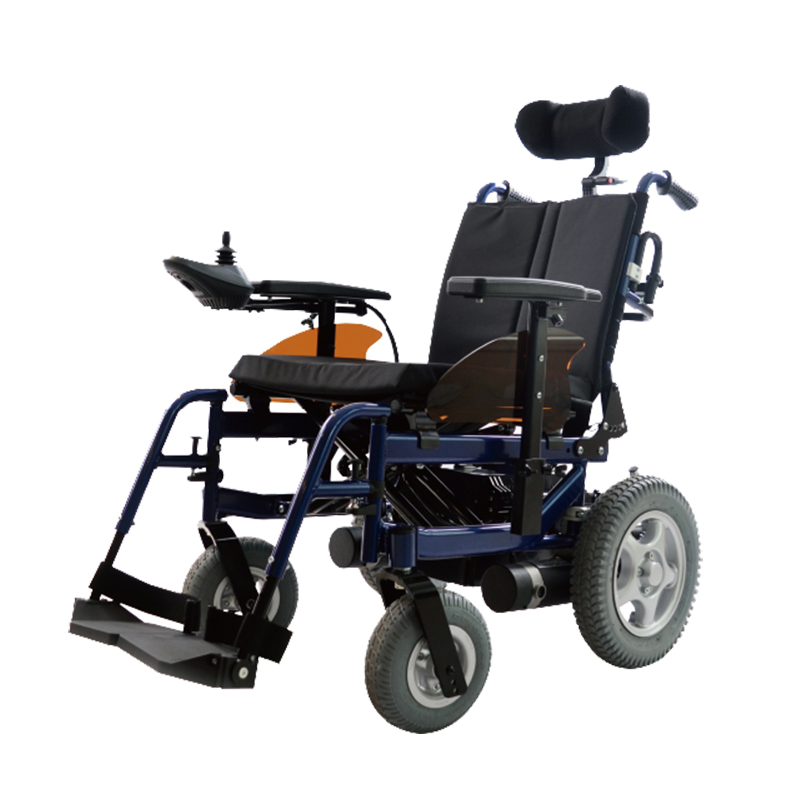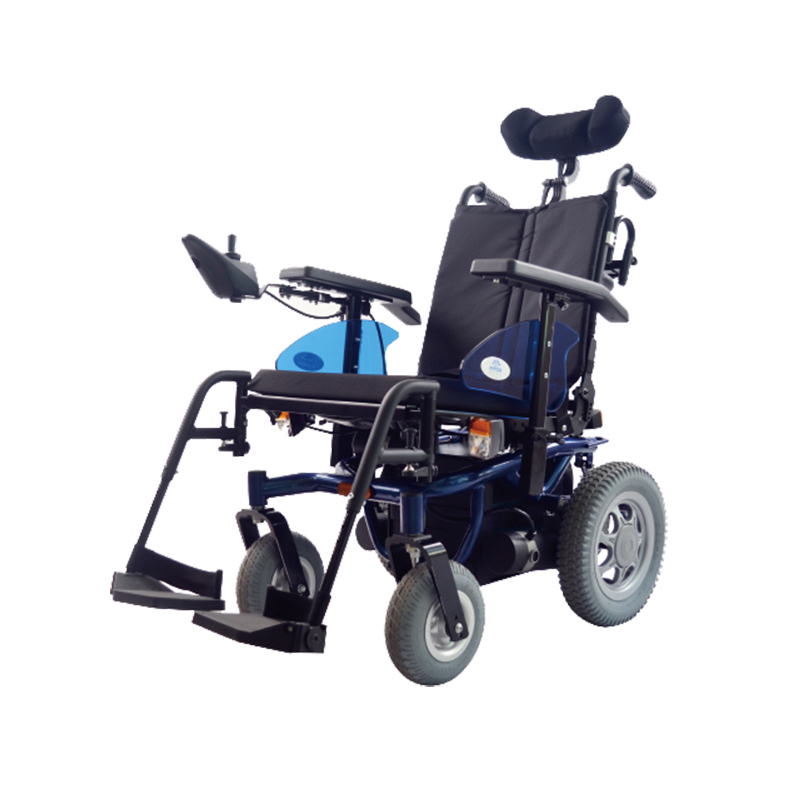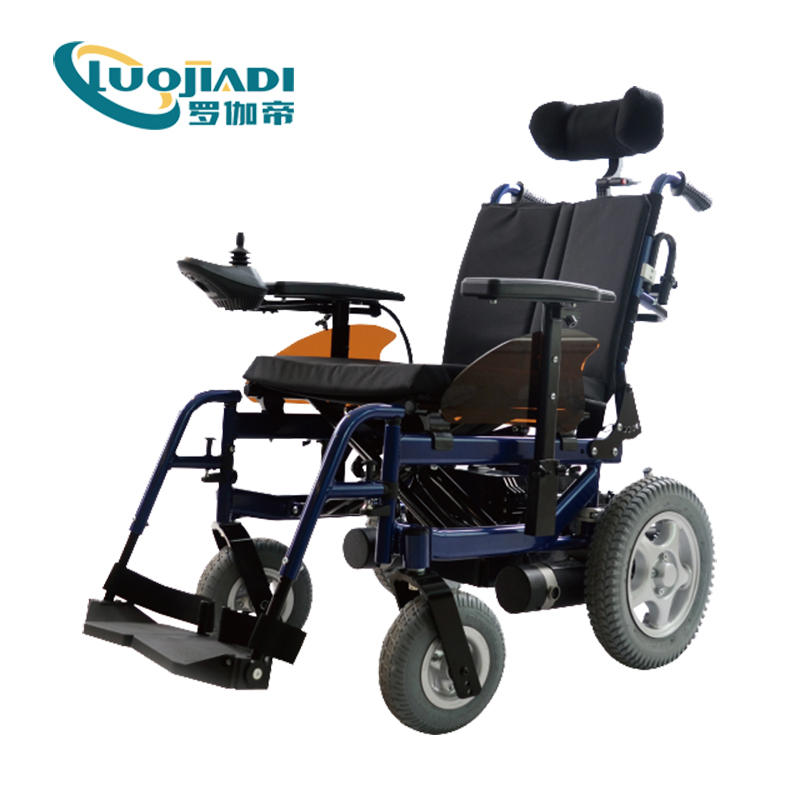Release date: 2017-05-03 Can protein also cure cancer? A few days ago, an article published in the well-known magazine European Urology, the researchers isolated a protein called VAR2CSA from Plasmodium, and added cytotoxic drugs through structural modification of VAR2SCA. The researchers found that the drug was completely chemotherapy. Drug-resistant, highly aggressive bladder cancer mice responded tremendously to this malaria protein drug combination. Eighty percent of the animals treated remained alive after 70 days, while all other animals in three different control groups died of bladder cancer (1). 80% of animals treated with VDC886 survived after 70 days It is well known that bladder cancer is the fifth most common cancer in the world. Because of the need for interventional treatment and careful care of various treatment options, bladder cancer is also the cancer that currently spends the most money on each patient. Muscle-invasive bladder cancer (MIBC) is the worst type of bladder cancer, with a 5-year survival of only 50% (2). Despite the continuous optimization of surgical procedures and systemic treatment options over the past 20 years, there has been no breakthrough in the treatment of patients with bladder cancer (3). The current standard treatment for MIBC is new chemotherapy based on cisplatin, but the overall benefit rate is only 5%-6% (4). And only about 40% of patients are sensitive to new chemotherapy. Therefore, new treatment options are urgently needed to help patients with bladder cancer. Mads Daugaard, a senior research scientist in prostate cancer in Vancouver, said: "This is the first time that we have incorporated the concept of malaria protein into cancer treatment directly into the clinical environment. There are a lot of clinical needs to find new treatments for bladder cancer. We see opportunities. Use our new malaria drugs to fight this disease." So we need to understand the VAR2CSA protein and its principles for treating cancer. Initially, the researchers found that in areas where Plasmodium falciparum is transmitted, people generally gain clinical immunity during childhood, and adults can gradually fight and protect themselves from Plasmodium infection. But pregnant women have broken this pattern. Pregnant women are very susceptible to malaria and are more ill than other non-pregnant women and adult men. A hallmark of pregnancy-associated malaria (PAM) is the accumulation of Plasmodium in the placental villus and causes maternal anemia, premature birth, low birth weight, and increased neonatal mortality (5). Plasmodium-infected red blood cells are adsorbed on the surface of the placenta by VAR2SCA protein Why are pregnant women susceptible to malaria? It has been found that under normal conditions, the Plasmodium is easily cleared by the spleen after infection with red blood cells, and in order to avoid being cleared by the host, the Plasmodium produces an adsorbed protein on the surface of the infected red blood cells, which is concentrated on the surface of the placenta. This adsorbed protein is VAR2CSA, which mediates the infection of red blood cells to the specific glycoprotein on the placenta and is protected from host clearance. This glycoprotein is a specific type of chondroitin sulfate (CS) mucopolysaccharide chain called CSA. Because CS is also expressed on other cell surfaces in the body, infected red blood cells are concentrated only on the surface of the placenta, indicating that the CS receptor CSA on the surface of the placenta is a CS subtype that binds only to VAR2CSA, unlike CS produced on other cell surfaces. ). Because the placenta has some similar characteristics to cancer cells, such as rapid proliferation, it is aggressive. The researchers hypothesized that cancer cell surfaces would also express CS receptors of a similar type to the surface of the placenta. To test this idea, the researchers used a staining marker to recombine VAR2CSA protein in vitro, and used recombinant VAR2 protein to detect normal cells and human cancer cell lines in human tissues in vitro. It was found that although VAR2 did not bind to normal cells, it combined with up to 106 cancer cells accounted for 95% of the 111 cancer cells tested. And this binding can be blocked by purified CSA, indicating that a variety of cancer cells express the same type of CS receptor as the placenta (6). Recombinant VAR2 protein targets cancer cells (red) and is insensitive to normal cells (blue) Subsequently, in order to verify whether the recombinant VAR2 protein can be effectively utilized to inhibit tumors. The researchers fused the recombinant VAR2 protein to the cytotoxic drug diphtheria toxin (DT388) to create a virulence protein (rVAR2-DT) that directly targets cancer cells to inhibit their proliferation. This toxic protein was tested in vitro in mice with castration-resistant prostate cancer. It was found that the growth of castration-resistant prostate cancer can be significantly inhibited in mice with only three doses of drugs, and the first injection can be Tumor growth was continuously inhibited within 14 days. Normal tissues showed no signs of side effects (6). However, due to the inability of the well-tolerated side effects of rVAR2-DT during high-dose use, the researchers recoupled a drug KT886 to recombinant VAR2 protein (VDC886) by recombinant VAR2 protein. KT886 is transported to tumor tissue to produce a tumor suppressive effect. A recombinant VAR protein carries an average of three KT886 drugs. Also, in the dose evaluation of mice, it was found to be well tolerated at a dose of 15 mg/Kg, and no significant side effects were shown (6). The animal model experiment was then re-executed. In the treatment of prostate cancer and non-Hodgkin's lymphoma mice, VDC886 significantly inhibited tumor growth and completely eliminated tumors in 2 of 6 prostate cancer mice within 32 days of treatment (6). 4T1 metastatic breast cancer cells were implanted in the left ventricle of mice, resulting in strong bone metastasis. Five of the four 4T1 bone metastasis mice treated with VDC886 survived the end of the experiment (54 days). The control group died (6). Tumor growth in treated mice was inhibited from normal growth in the control group (red indicates tumor range) In the mouse bladder cancer model study, VDC886 significantly inhibited the growth of cisplatin-resistant mouse bladder cancer cells, and also significantly prolonged the survival of mice, and more importantly, by histopathological examination. It was found that VDC886 was not organ toxic, and the body weight of each group of mice was also stable. One of the 6 mice completely responded to VDC886, one tumor was significantly reduced, and the other four tumors were stably inhibited. In addition, the researchers also found an interesting phenomenon, the degree of resistance to cisplatin-resistant mice is positively correlated with the expression of CS receptors in cancer cells, that is, the more resistant mice are to cisplatin, the expression in mice The more CS receptors in cancer cells. This also means that VDC886 is a more effective method for chemotherapy-resistant bladder cancer (1). Taken together, these animal experiments have demonstrated that recombinant VAR2 protein drug conjugates can target CS receptors produced by a variety of tumor cells and inhibit tumor growth. Therefore, this has pointed out a new direction for the treatment of various cancers. VAR2 Pharmaceuticals, a VAR2 protein-focused cancer treatment and diagnostic startup founded by Daugaard and Salanti, is currently seeking collaboration for large-scale clinical trials. The discovery of VAR2 protein has added another hope to cancer patients. references: 1.Seiler R, Oo H Z, Tortora D, et al. An Oncofetal Glycosaminoglycan Modification Provides Therapeutic Access to Cisplatin-resistant Bladder Cancer [J]. European Urology, 2017. 2. Madersbacher S, Hochreiter W, Burkhard F, et al. Radical cystectomy for bladder cancer today—a homogeneous series without neoadjuvant therapy. J Clin Oncol 2003;21:690–6. 3. Zehnder P, Studer UE, Skinner EC, et al. Unaltered oncological outcomes of radical cystectomy with extended lymphadenectomy over three decades. BJU Int 2013;112:E51–8. 4.International Collaboration of Trialists, Medical Research Council Advanced Bladder Cancer Working Party, European Organisation for Treatment of Cancer Genito-Urinary Tract Cancer Group, et al. International phase III trial assessing neoadjuvant cisplatin, methotrexate, and vinblastine chemotherapy for muscle-invasive bladder Cancer: long-term results of the BA06 30894 trial. J Clin Oncol 2011;29:2171–7. 5. Salanti A, Staalsoe T, Lavstsen T, et al. Selective upregulation of a single distinctly structured var gene in chondroitin sulphate A-adhering Plasmodium falciparum involved in pregnancy-associated malaria [J]. Molecular microbiology, 2003, 49(1) : 179-191. 6. Salanti A, Clausen T M, Agerb?k M?, et al. Targeting human cancer by a glycosaminoglycan binding malaria protein [J]. Cancer cell, 2015, 28(4): 500-514 Source: Singularity Network The electric wheelchair is based on the traditional Manual Wheelchair, superimposed high-performance power drive device, intelligent operating device, battery and other components, transformed and upgraded.
A new generation of intelligent wheelchairs equipped with artificially operated intelligent controllers that can drive the wheelchair to complete forward, backward, steering, standing, lying, and other functions. It is a high-tech combination of modern precision machinery, intelligent numerical control, engineering mechanics and other fields. Technology Products
Wheelchair,power wheel chair,surgical equipment,medical equipment Shanghai Rocatti Biotechnology Co.,Ltd , https://www.shljdmedical.com



Unexpected discovery! The magical protein in the malaria parasite can fight more than 100 kinds of cancer cells